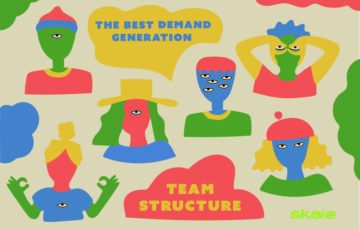
The Best Demand Generation Team Structure to Nurture Leads
So you know you need a demand generation team, now what? Read on for the people you'll need, their skillsets, and what you should be paying them.
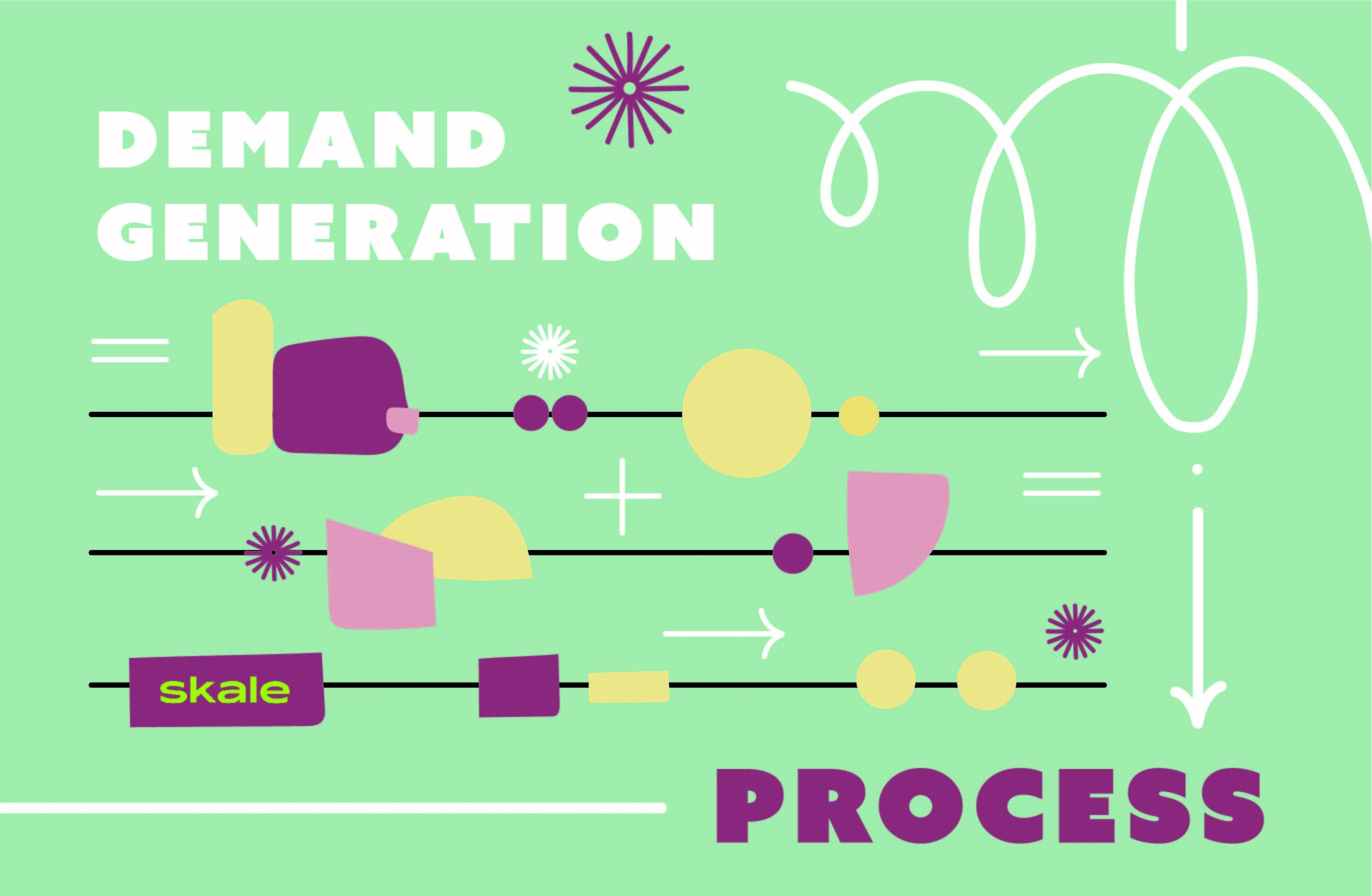
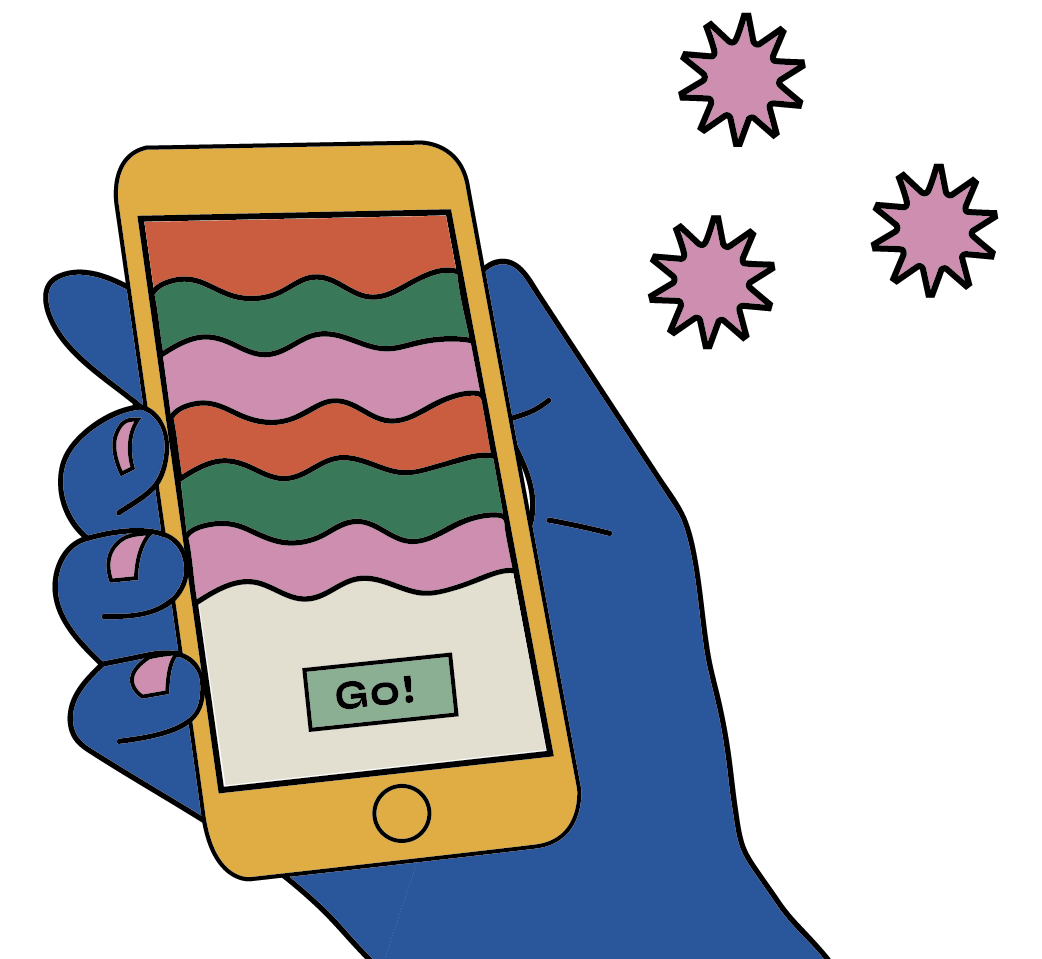
Build a stellar demand generation process
See how Skale experts can help build and manage your SaaS SEO
Schedule a callA demand generation process is all the steps and actions your business takes to generate demand. In turn, demand generation means luring your potential customers in by educating them not only about your product or service but about their pain points and struggles.
Using brand awareness, thought leadership, and other inbound marketing strategies can get you the customers your business truly deserves. That is what demand generation is all about.
Before we continue, it’s a good idea to differentiate between demand gen and lead gen. Although many people–yes, even those in successful sales and marketing teams–use these terms interchangeably, they’re indeed very different.
Demand generation is about bringing new people into your funnel–ideally, high-quality potential customers. Lead generation is about driving those already in your funnel lower down to the point at which they make a sale.
Demand gen is turning strangers into leads. Lead gen is turning leads into customers.
Demand generation is no easy task–we know that.
It’s hard to get someone interested in your product or service if they don’t even know what their problems are, or aren’t on the same channels as you. It’s even more difficult when there are so many players in the market–after all, 23.6% of all businesses in the U.S. are in the B2B industry.
This high competition and bounty of channels make it difficult to know what the best demand generation strategy to use is. However, using a demand generation process that guides you from start to finish is everything you need to make demand gen a smooth ride for your team.
As Martín Durán, SEO Strategist @ Hubspot, points out “there’s no one-size-fits-all answer to this question. The best demand generation process and strategy will vary depending on your product, target market, and business goals. Ultimately, the best way to generate demand is to create value for potential customers.”
B2B demand generation tends to differ from B2C demand gen thanks to the needs it fulfills. A customer that’s looking for a new swimsuit because they’re going on holiday has a very straightforward problem and the solution is simple: a swimsuit that fits and they like. It’s a one-time purchase that only affects one person.
However, the problems and solutions of B2B companies tend to be a bit more complicated. For these, an important step will be to research not only the potential customers they want to attract, but also, understand the different problems that might be created in the industry or area they’re in.
For example, in SaaS, repeat purchases like subscriptions are the norm, and this can bring its own set of challenges.
The overall B2B demand gen process should look something like this:
For Padmaja Santhanam, Growth Manager @ FirstPrinciples, the demand generation process typically entails the identification of specific business needs, the assessment of customer preferences and needs, and the formulation of creative solutions that meet those needs.
Every SaaS demand generation strategy will be slightly different for each B2B SaaS company and their niche. However, there are six core elements that all SaaS demand generation processes should have.
Let’s take a look:
No demand gen plan will ever be complete without a clear aim–one to which you direct all efforts and goals.
To define your demand generation goals and aims, you’ll need to understand your product or service inside and out. Additionally, you’ll need to know what would be the ideal outcome of your demand generation efforts–which demand gen metrics would you like to see improve?
Use these questions to think about what you’re trying to do:
It might not even be about the number or quality of leads you attract but more about the positioning of your brand and thought leadership in the industry. Demand starts by winning clicks and brand recognition after all.
After all, demand generation is much more than just attracting new people to the top of your funnel. As Padmaja Santhanam says, “demand generation can be used in various ways to reach customers. It can be used to identify new markets or expand into existing markets. It can also be used to attract new customers or retain current customers.”
The next core element of your demand generation process will be defining your target audience.
Performing thorough market research that involves identifying current and potential customers and understanding their needs is the next logical step in creating a successful demand generation strategy.
Without understanding who you want to attract you won’t know what kind of content they like, nor which demand generation channels they use regularly. Remember, it doesn’t matter how good your brand or product or service is, if your customers can’t find you.
A clever way of defining your target audience in a more helpful manner is by building user personas. User personas are fictional characters that represent your ideal customer. This user personas guide will help you better understand and create them.
Neelabja Adkuloo, Marketing Manager @ Mailmodo says, “a thorough understanding of your target audience and their pain points will help you break the ice with your audience and generate demand for your product or service.”
In this part of the demand generation process, you’re fleshing out your demand gen campaigns; and launching them.
Campaigns are timely marketing efforts to push demand. As Martín Durán says “you need to create targeted content and messaging that resonates with your market and drives them towards your business.” So, it’s crucial to create high-quality content that your target audience needs.
Content is King, because without it, you won’t be providing great value to your prospects–so create it thoughtfully using all the previous research.
It’s also important to point out here that the type of content you have, the budget you use, and the length of your campaign will all depend on the aims and goals of your demand generation strategy. Content for thought leadership and educating your audience is completely different from that looking to be more focused on overall brand awareness or to reach new market segments.
Content creation is the crux of your demand generation efforts, and is the part your audiences will actually interact with, so make it count.
Now that you’ve done your research and have created killer content, you want to make sure you’re placing it on the right channels, otherwise it might go unseen–yes, even if it’s amazing content!
A saturated market has converted marketing strategies to focus on digital real-estate above all else—location, location, location. Find out what channels your target audience uses and how to optimize them to make the most out of your demand generation campaign.
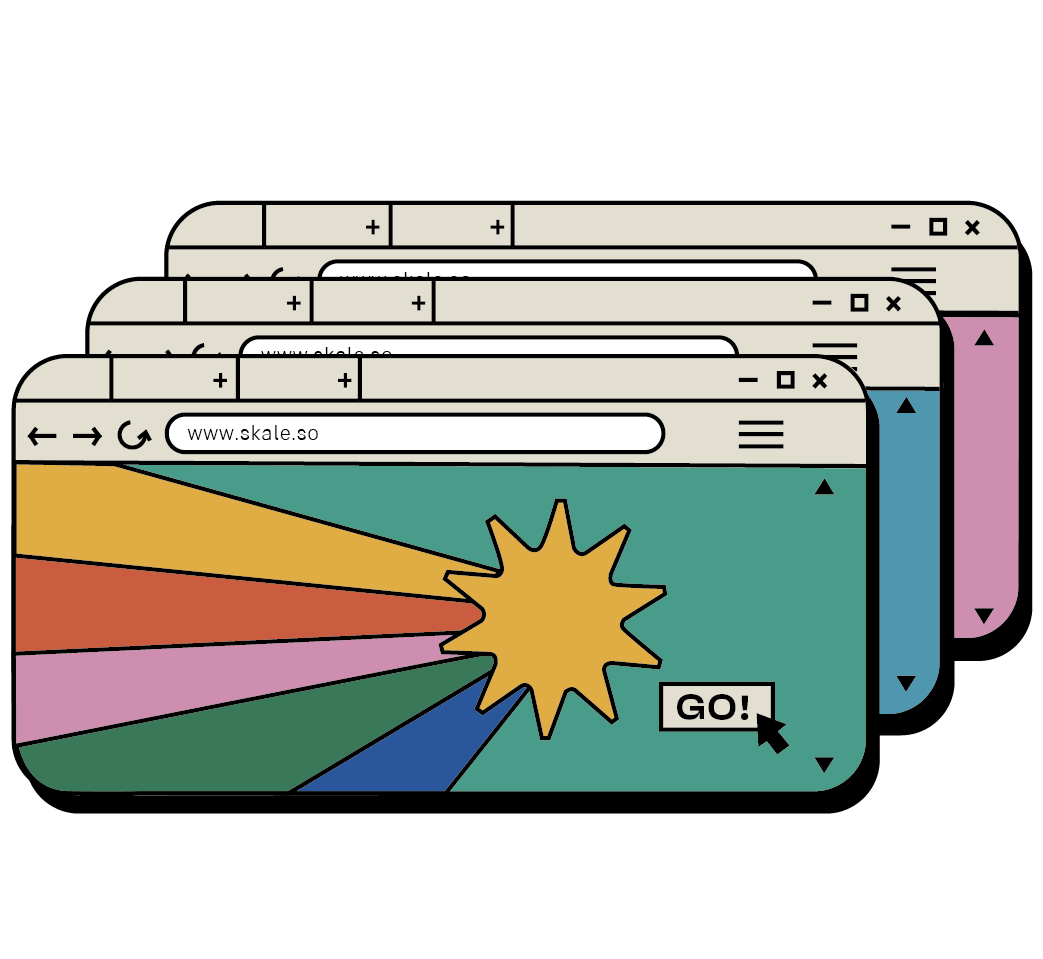
Unlock the full potential of SaaS SEO
Build a growth-driven SEO strategy with the help of our actionable guide
Learn hereDemand gen strategies will flop if they don’t consider their lead nurturing strategies too. A recent report showed that companies whose marketing and sales teams nurtured their already active leads generated 50% more qualified leads at 33% less cost.
Lead nurturing is the process of educating, informing, and involving the users at any point in their buyer journey. This is an important stage in demand generation because understanding how to nurture your leads–and doing it properly–will help you understand how to drive strangers into leads, and keep them interested as they move down the funnel.
Take a moment to research and understand what kind of content those that already know about your brand wish to know more about. How would they feel more connected and understood by you? What knowledge gaps do they still have about their pain points and the solutions you offer?
Without measuring your demand generation programs you won’t if they are a success or not. Which presents the question: how do you measure them?
Some companies like to measure only one North Star metric, for example the number of new customers, or clicks on a webpage. At Mailmodo “measuring our demo booking numbers reveals how effectively we’re at targeting the right prospects on LinkedIn and Twitter,” says Neelabja Adkuloo, Marketing Manager @ Mailmodo.
There are many other key metrics that you can use, but here are twelve demand gen metrics that we think are the best ones for you to look at:
Whichever you think is best for measuring your demand gen success, “you need to measure performance regularly so that you can make changes as necessary to thrive in success.”—Padmaja Santhanam.
Last but not least, if all of these core elements ever feel like they’re too much work and you don’t even know where to start, don’t forget there are tools available to help you out during the process. Check this handy demand gen tools article where we break down the tools you definitely want to have in your demand gen toolkit.
Besides the six core elements that a demand generation process should have, there are some additional demand gen tips and best practices to keep in mind.
Here are three top tips and best practices to take into account when establishing a winning demand gen strategy:
Organic search is one of the best ways to increase demand and brand awareness. It’s usually a long-term, low-cost strategy that—when done properly—can create a solid online brand presence.
How can you capitalize on the potential of organic search? We’re pleased you asked. By having an incredible SaaS SEO strategy—of course!
SEO, or Search Engine Optimization, is now mandatory to be where your customers are looking for you. There’s no use in being on the last pages of Google–after all 95% of online traffic goes to the first page of Google.
If you’re looking to get the most out of your organic search, our team of SEO experts is here to help.
There are many ways in which you can gain the trust of your potential–and current–customers. For example, having a high-quality blog that other authority pages link to, hosting online events where you give expert insights into the topics your customers care about, or even organizing a one-hour long–the most effective length–webinar to get your potential customers to really understand specific topics and pain points within their niche.
This will be crucial, especially for SaaS businesses looking for a perfect solution to match their unique problems. With authority-building content, potential users will better understand their problems, see you empathize, and—in turn—trust your solution.

For a SaaS business, you’ll know your website is your first handshake. Make sure those that visit know where to go, and are having an experience that will turn them from first-time visitors to recurring customers.
Conversion rate optimization and improving your overall user experience is key for the success of your demand generation strategy–and the success of your business, too.
Implementing a great demand generation strategy isn’t just a great thing to have, but nowadays, it’s a must. Especially if you want your business to thrive in a world where thousands of competing businesses are reachable with a click or two.
Let’s take a look at the many business-thriving benefits that demand gen can bring your SaaS:
Constantly creating high-quality and valuable content will improve your brand awareness. When done right, a demand gen strategy will see more and more people start reading your blogs, or attending your online events, or more.
This will help increase your reach, and strengthen the brand awareness you already have.
Three brand awareness statistics for you to keep in mind:
The process of crafting a winning demand gen strategy will enable you to understand your leads better, translating to better content creation which is more likely to pull people your way and, ultimately, convert.
Demand gen isn’t just a quantity game, it’s mostly about quality. The more qualified your leads are, the higher the chances of them turning into customers–in fact, 68% of B2B professionals say generating high-quality leads is their top priority. This also translates into a better ROI and reduces the cost of acquiring new customers, since more of your resources and efforts will bring real results.
Demand generation strategies and campaigns bring many benefits to those that know how to implement and run them. In fact, demand generation is key to the overall increase in revenue and the success of a company. As Joe Manna, Marketing Manager @ Alyce, explains:
“The company’s success defines our demand team’s success. We stay grounded in closed-won revenue, account growth, and account retention. While these are lagging indicators of success, we continue to invest our energy into top-of-funnel programs that keep the business thriving.”
Measuring the success of a demand generation process isn’t only about the increase in the number of sales, it’s about your whole brand awareness and thought leadership. As well as understanding better your service, your business, and your customers–whether active or potential.
Include these six core elements to make effective demand generation strategies. Ones that will help your business grow and become the go-to option for your target audience–not only in terms of the solution to their problem, but also in terms of education.
Most importantly, achieving a successful demand generation is a long-run project–that needs to be guided by the right process. As Leszek Dudkiewicz, Head of Marketing @ Passport Photo Online, advises, “the most important thing to keep in mind is that it takes time and effort to generate results.”
That’s why starting with the right demand generation process is crucial to getting the success your company deserves.
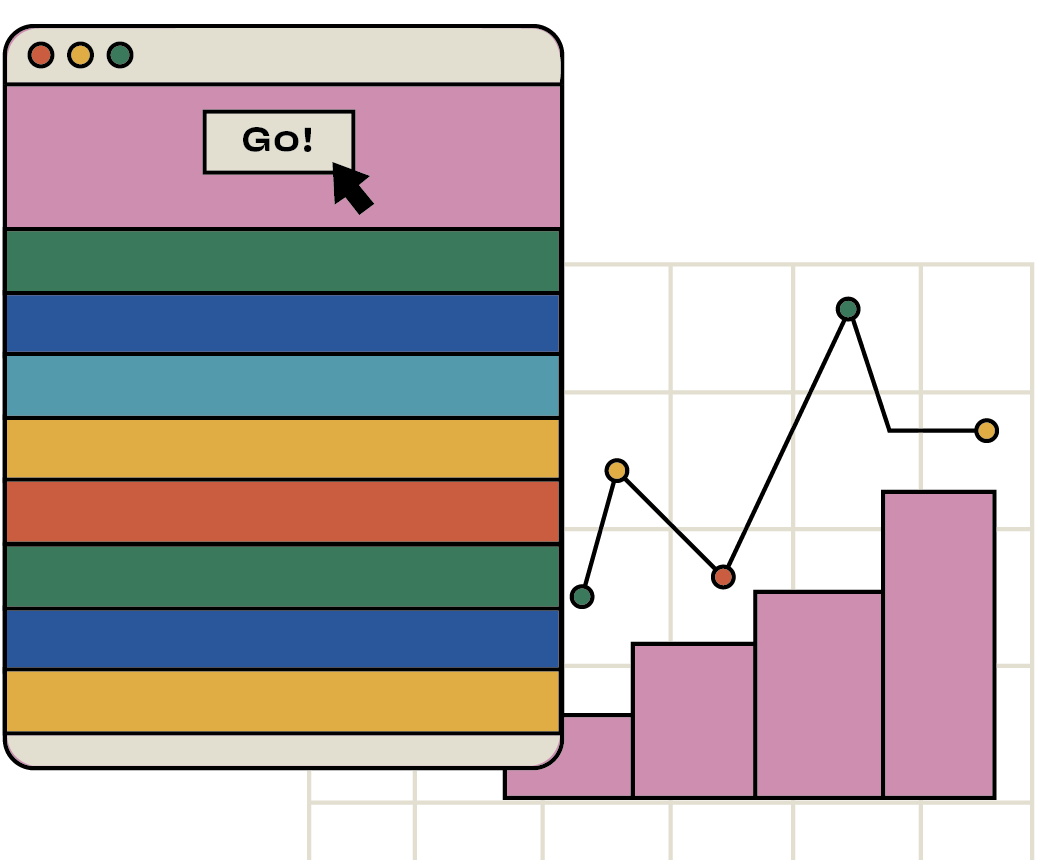
Drive organic traffic, SQLs and MRR to your B2B
Partner up with Skale experts – we’re ready to take your case
Learn moreA demand generation process is the steps and actions you take to generate demand. This means creating awareness for your brand and product, and bringing your ideal ICPs to the top of your sales funnel.
There are six core steps that any B2B demand generation process needs in order to reach success:
1. Define your aims
2. Define your audience
3. Create your content
4. Optimize your distribution channels
5. Refine your lead nurturing flow
6. Measure your success
You need to give your potential customers the tools to make a decision. We don’t mean this in an old-school marketing way where you show the potential solution to their problems. We mean you must educate and empower your potential customers so they’re in a position to make the most educated decision to better their business.
Learn more about
Demand Gen

The Best Demand Generation Team Structure to Nurture Leads
So you know you need a demand generation team, now what? Read on for the people you'll need, their skillsets, and what you should be paying them.
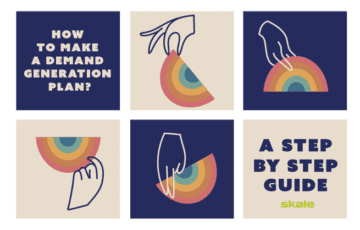
How to Craft a Winning Demand Generation Plan
Your eight-step guide to crafting a demand generation plan that helps your SaaS take flight.
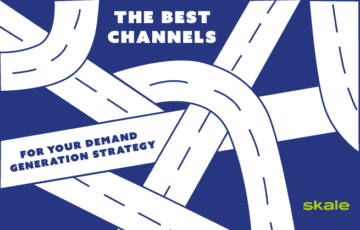
The Best Channels for your Demand Generation Strategy
Discover the top 7 demand generation channels and how they can help rocket success for your SaaS.